Affiliate links on Android Authority may earn us a commission. Learn more.
What does the HUAWEI ban mean for your HUAWEI or HONOR phone? (Updated)
May 20, 2019
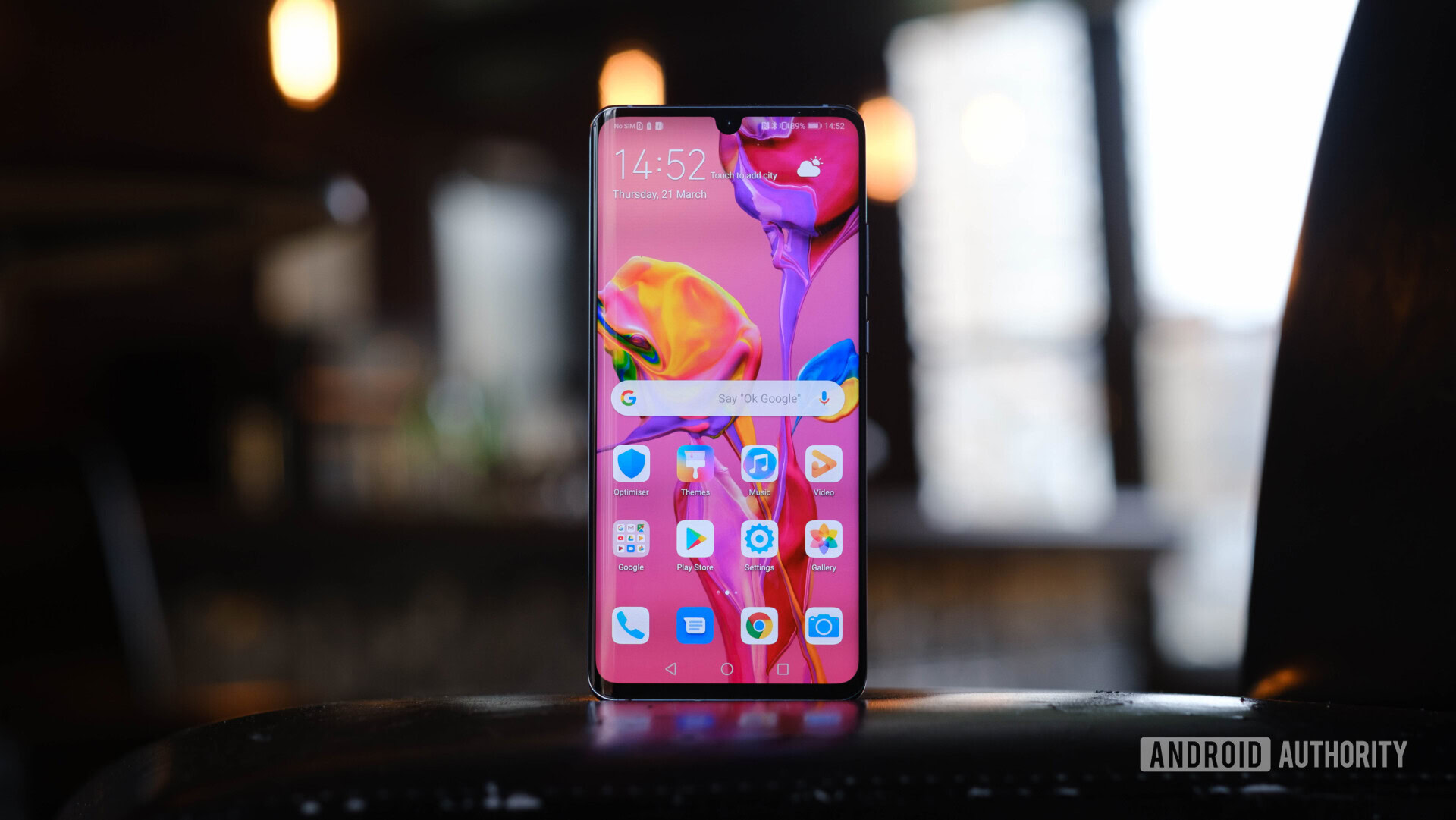
Update #1: May 20, 2019 at 6:00PM ET: The U.S. Commerce Department has created a temporary 90-day license that restores HUAWEI’s ability to provide software updates to existing HUAWEI handsets. Read more here.
This means existing HUAWEI phones and tablets will still receive official Android updates and monthly security patches until August. Thereafter, the scenario outlined below is believed to take effect. That is, Google services will continue to work for existing devices, but you won’t receive Android version updates or monthly patches.
There’s no mention of any reprieve for upcoming handsets, which suggests these devices still won’t offer Google services, bleeding-edge feature updates, and monthly security patches.
Original article: Monday, May 20 at 8:34AM ET: Huawei has been hit by a spate of bad news following a trade ban imposed on it by the U.S. government. The company has been added to the Commerce Department’s Entity List, which is essentially a trade blacklist that forbids U.S. companies from doing business with said entities.
We’ve previously seen news that Google, Intel, Qualcomm and other U.S. companies will suspend operations with HUAWEI. But what does it mean for its devices and you? We have you covered.
Current HUAWEI phone owner?
Do you already have a HUAWEI or HONOR smartphone? Then nothing should change immediately for you, as Google’s Android Twitter account confirmed.
“We assure you while we are complying with all US gov’t requirements (sic), services like Google Play & security from Google Play Protect will keep functioning on your existing HUAWEI device,” the company posted.
In other words, you’ll still have access to the Play Store, which suggests that other Google-related apps (e.g. YouTube, Maps, Gmail) should continue to work. After all, the Play Store requires a Google account in the first place.
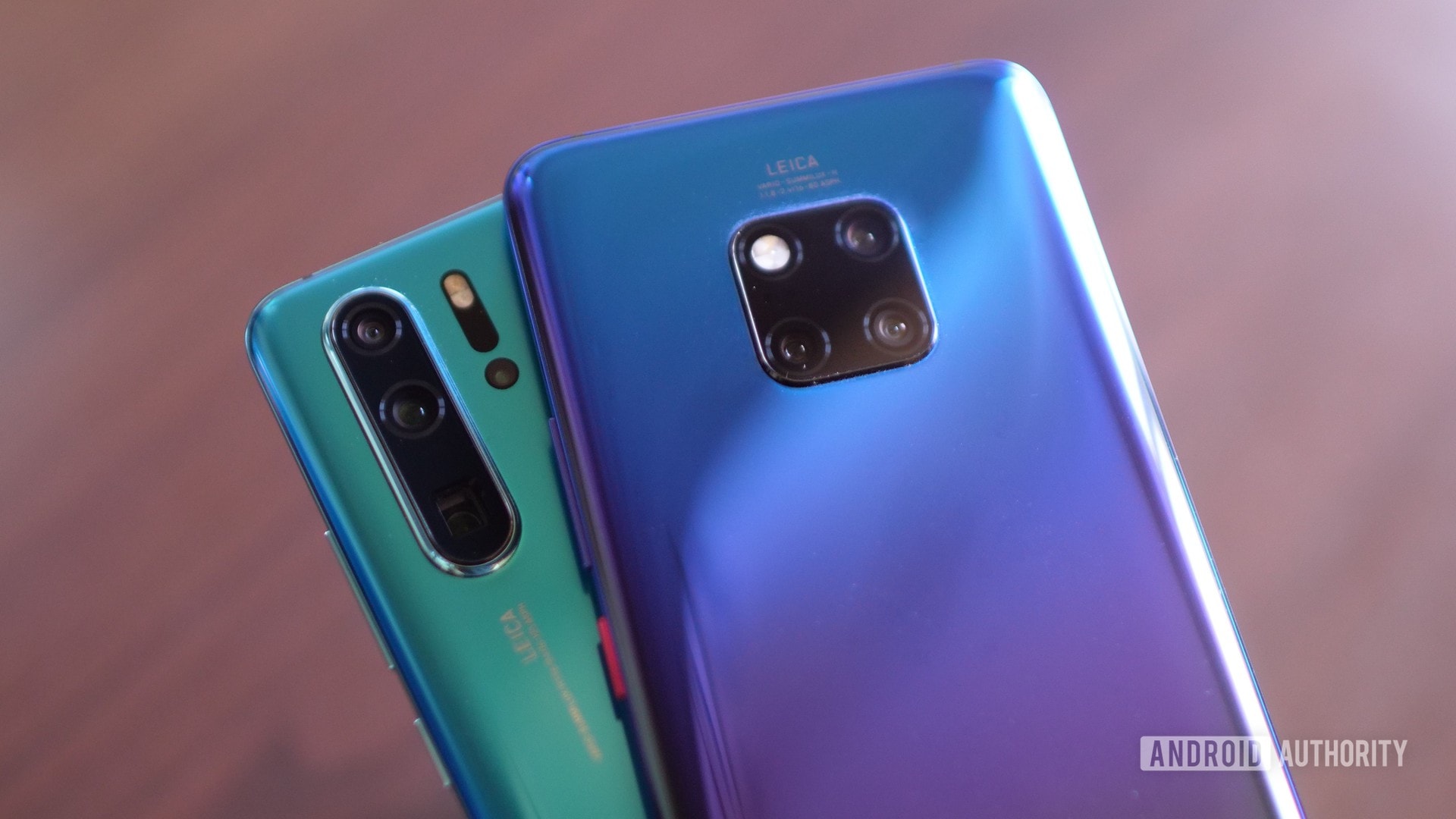
As for system updates? Well, that’s not so rosy unfortunately. Reuters reports that HUAWEI will lose access to Android system updates from Google. This means the firm will have to build version updates from the Android Open Source Project (AOSP) instead of getting bleeding-edge updates directly from Google. So you can expect a longer timeline for system updates at best.
HUAWEI noted in an emailed press statement that it will still be supplying security updates to existing devices (including devices still in stock). These fixes seem likely to come from AOSP, in-house efforts, and/or non-US partners. Engadget reports that monthly security updates from Google are off-the-table for current and future devices though. The Verge adds that HUAWEI will only get security updates once Google has pushed these additions to AOSP. So while the firm is promising security updates, its job is certainly tougher in this regard.
The search company also announced Project Mainline earlier this month, an initiative to deliver some security updates via the Play Store. Unfortunately, this is only available for phones shipping with Android Q (rather than phones upgrading from Pie). So this doesn’t seem to be a viable option for HUAWEI.
What about future HUAWEI phones?
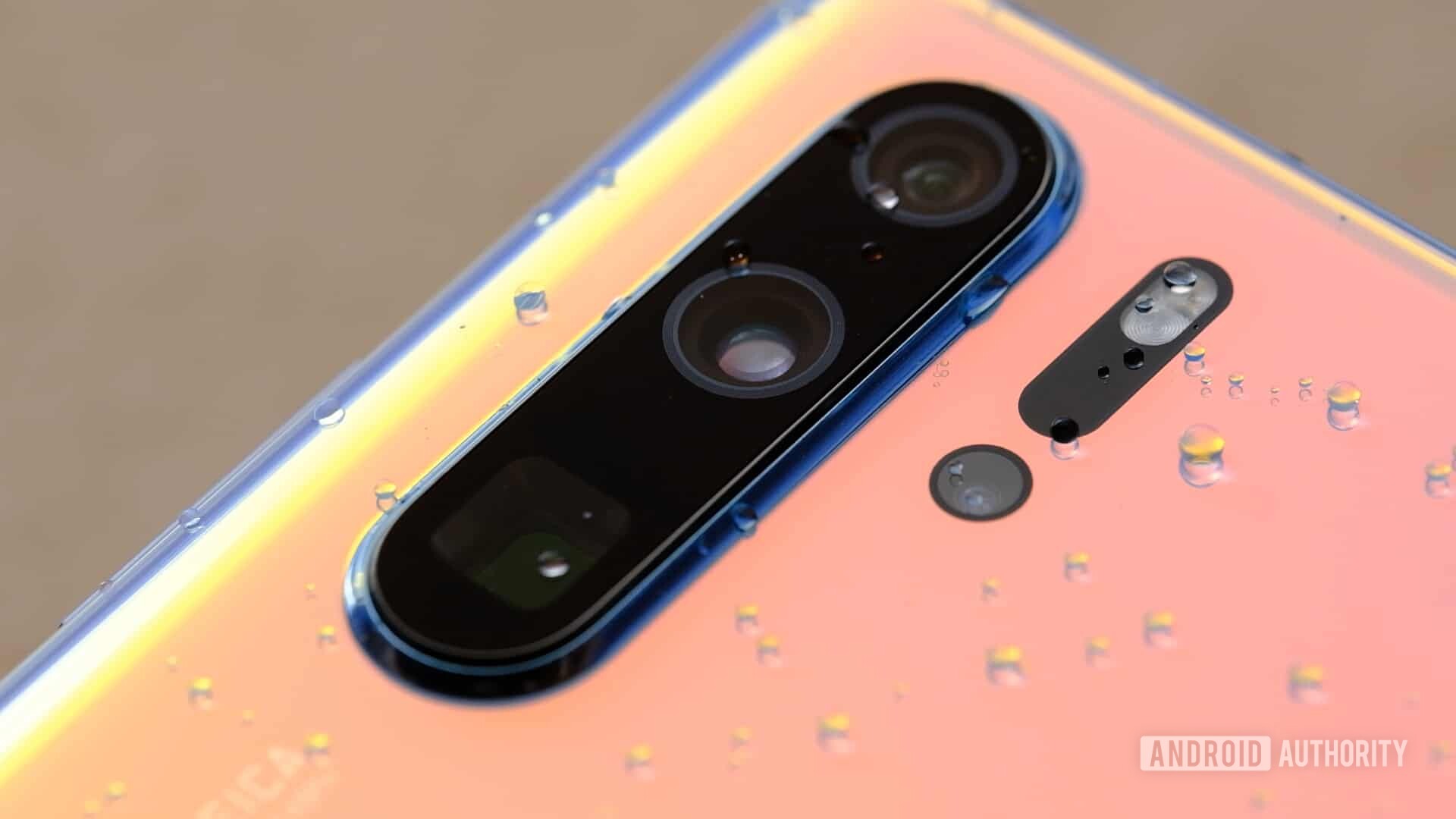
The news for future phones and tablets is particularly troubling, as Google won’t be serving up bleeding-edge system updates, monthly security updates, or Google services at all. This applies to all regions, and not just people in the U.S..
These issues mean HUAWEI will be forced to install its own operating system on upcoming Android devices. It’s been known for years now that the firm has been developing its own operating system, but it’s unclear if this is based on AOSP. Using an Android base like AOSP as a foundation means Android app support will still be available.
It's not known whether HUAWEI's own mobile platform is based on Android, but Android app support will be a must.
Android Pie is the latest version of Android available via AOSP, and the project website also outlines features you’re getting with this release. The Pie flavor of AOSP delivers display cutout support, rotate suggestions, multi-camera support, eSIM capabilities, and more. Therefore, we can reasonably expect these features in a HUAWEI-made OS using the project as a foundation, but any Android features not added to the project simply won’t appear. What about getting Google services on these devices?
It’s previously been possible for manufacturers to ship a phone running Android without Google services, then letting users install these services via a third-party app store. The Mountain View company has cracked down on this behavior in the past year or so, actively blocking the installation of Google services on uncertified devices. Some third-party apps such as Snapchat also require this framework to function. Simply put, don’t expect these apps to work without using unofficial alternatives like microG.
Will we even see new phones?
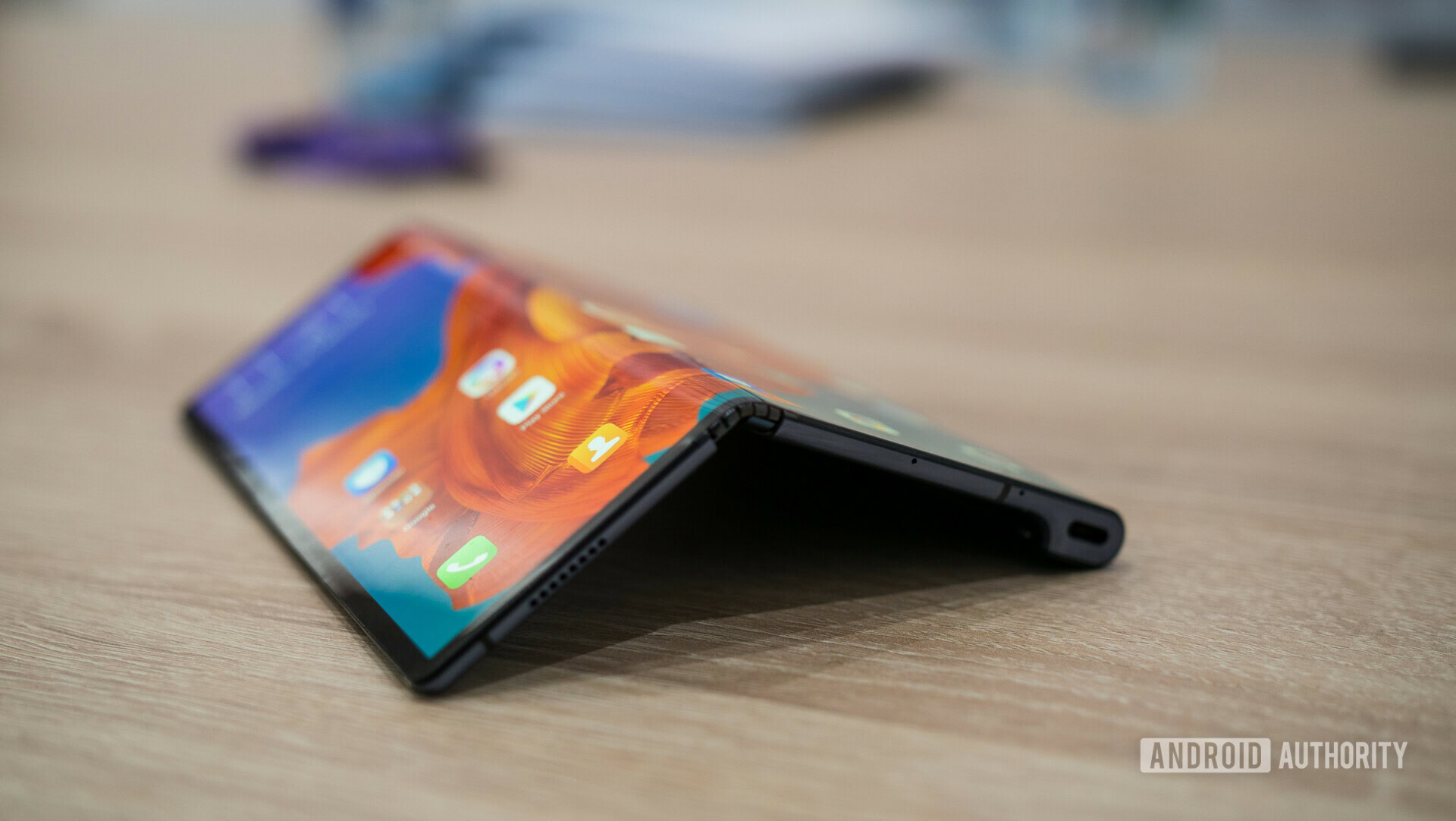
Even if HUAWEI nails a decent operating system in this regard, there’s still the issue of actually building smartphones. The company has its own chipmaker, HiSilicon, which makes chips for its flagship and mid-range devices. The firm currently relies on Taiwan’s MediaTek and San Diego’s Qualcomm for lower-tier phones, but we’d imagine that it will shift to MediaTek as well as HiSilicon for upcoming devices.
As for other major smartphone components, the company doesn’t use a ton of U.S. parts in flagship phones. It uses Sony camera sensors, SK Hynix memory modules, LG and BOE screens, and Goodix in-display fingerprint sensors in its higher tier devices. It also uses Sweden’s Fingerprint Cards for traditional fingerprint scanners.
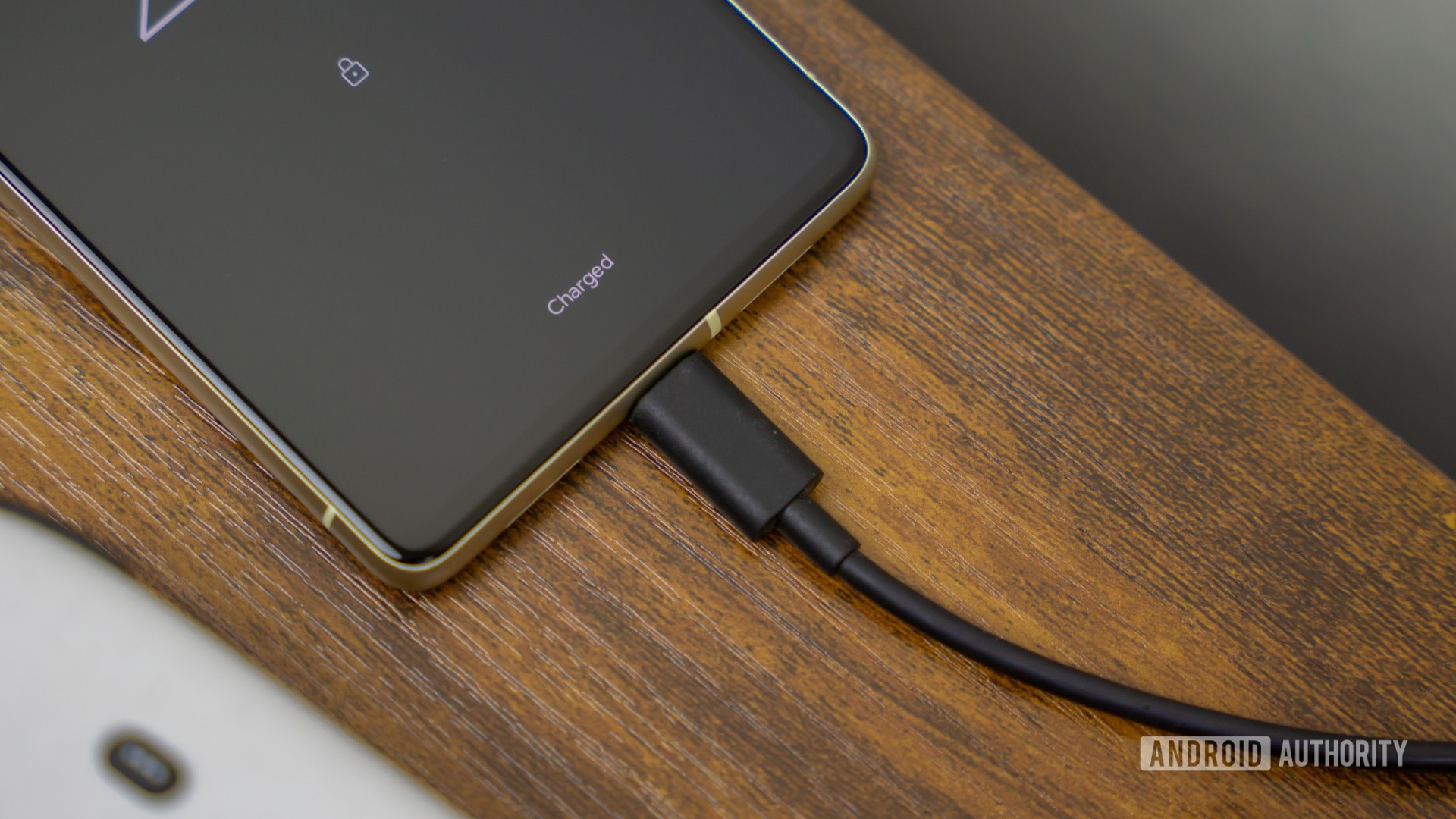
What about the parts it requires from U.S. companies? News outlets report that HUAWEI has a stockpile of these parts, with Bloomberg reporting this stockpile will last for at least three months. Meanwhile, the South China Morning Post and Haitong Securities report that the brand’s hardware stockpile could keep it going for up to a year.
Furthermore, HiSilicon stated last week that it’s able to ensure a steady supply and “strategic safety” of most parts. It’s also been working on backup products for this scenario, but there’s no word if these products are ready for mass production in phones. And if this ban lasts longer than the firm’s stockpile of parts, HiSilicon and HUAWEI’s subsidiaries will undoubtedly be called upon to deliver substitute components of some kind. Only time will tell whether these firms will be able to actually meet that call.
NEXT: Android Power Rankings (May 2019) — Shake-up at the top